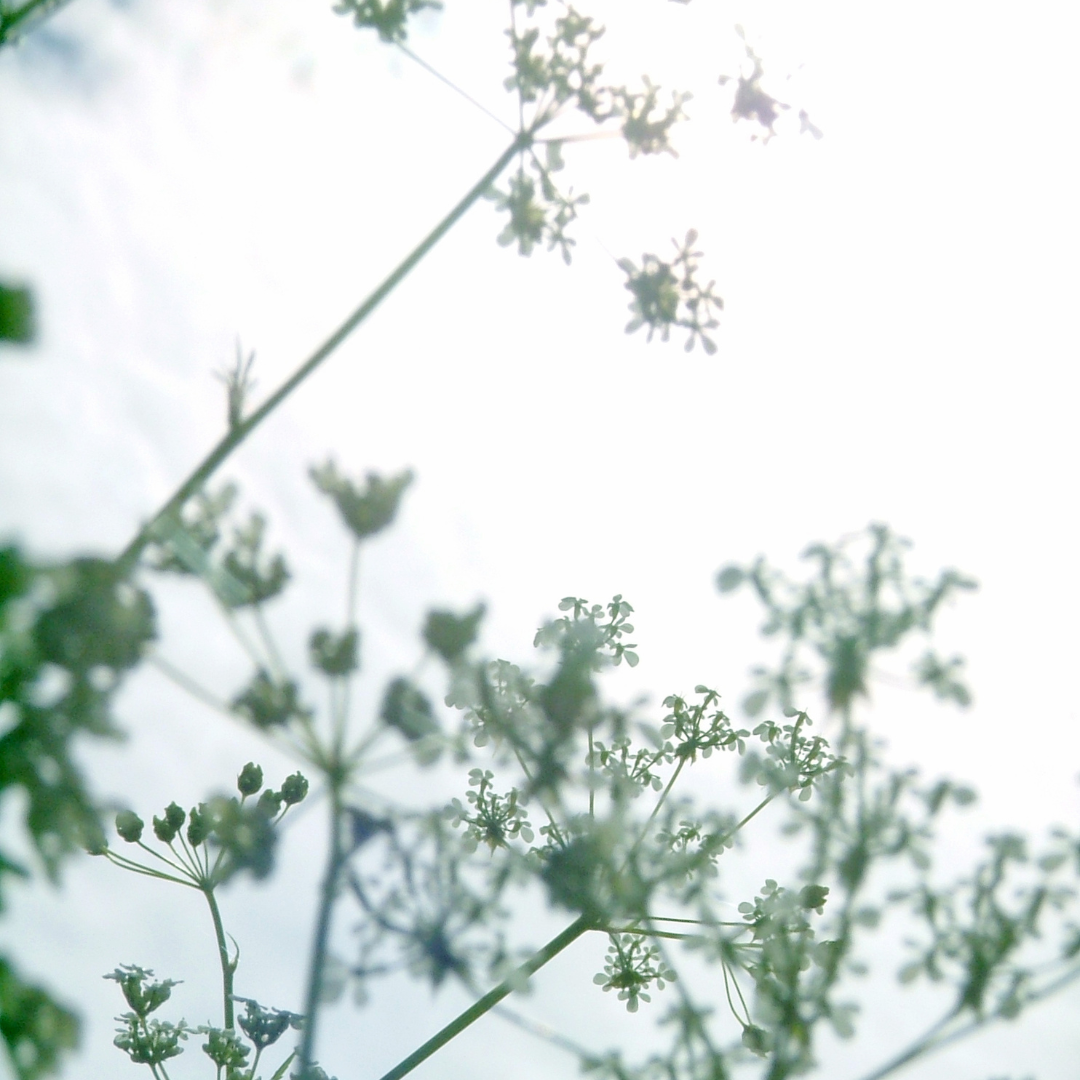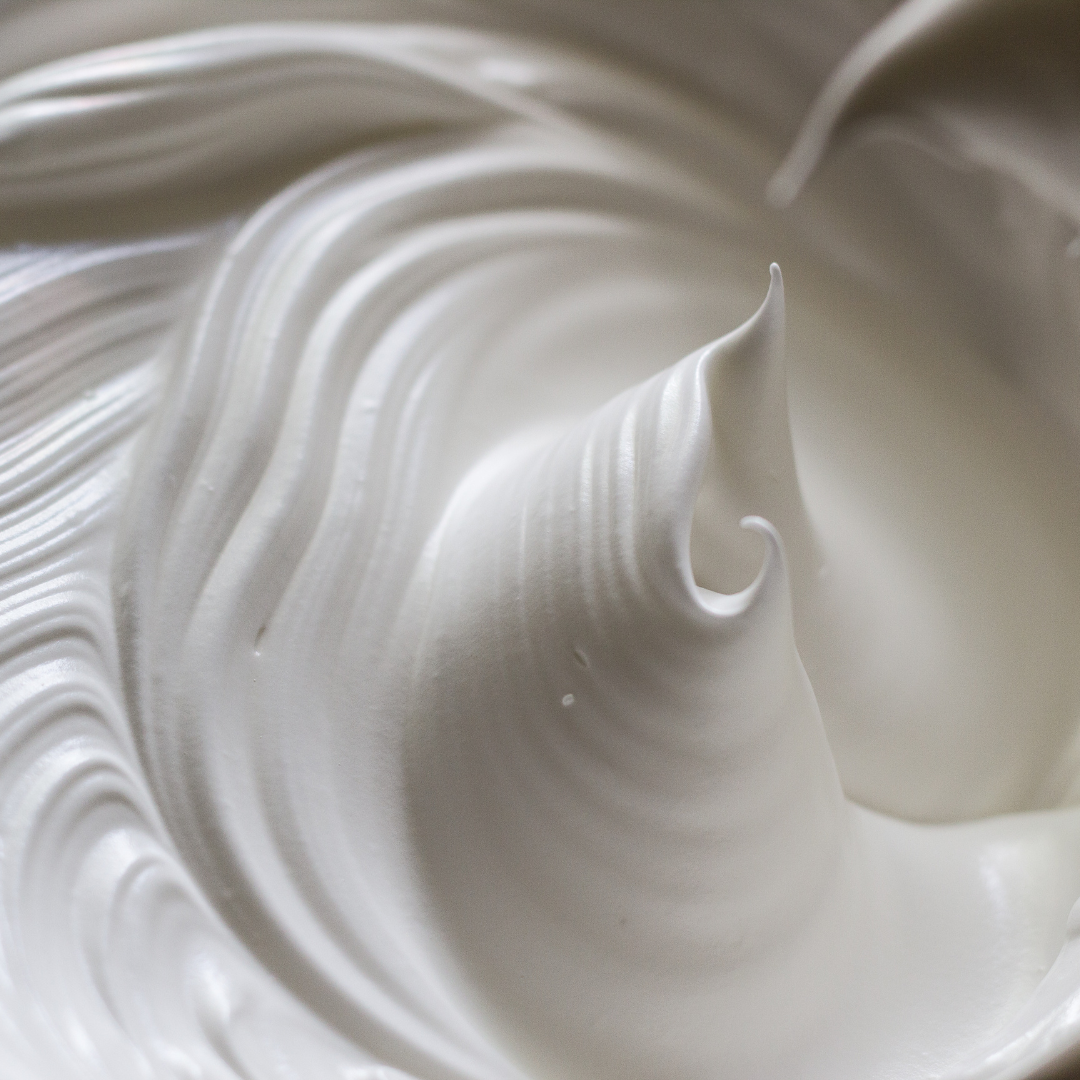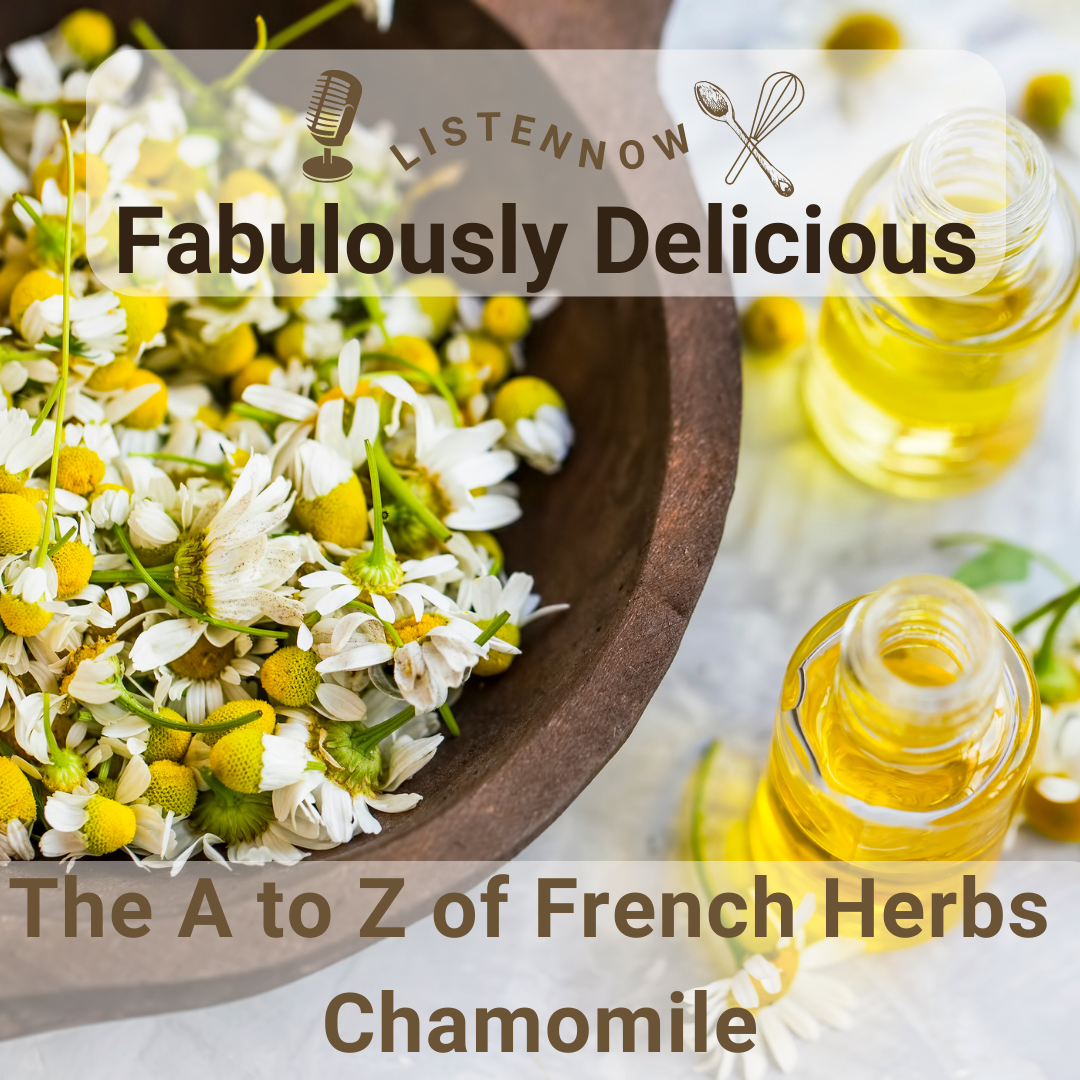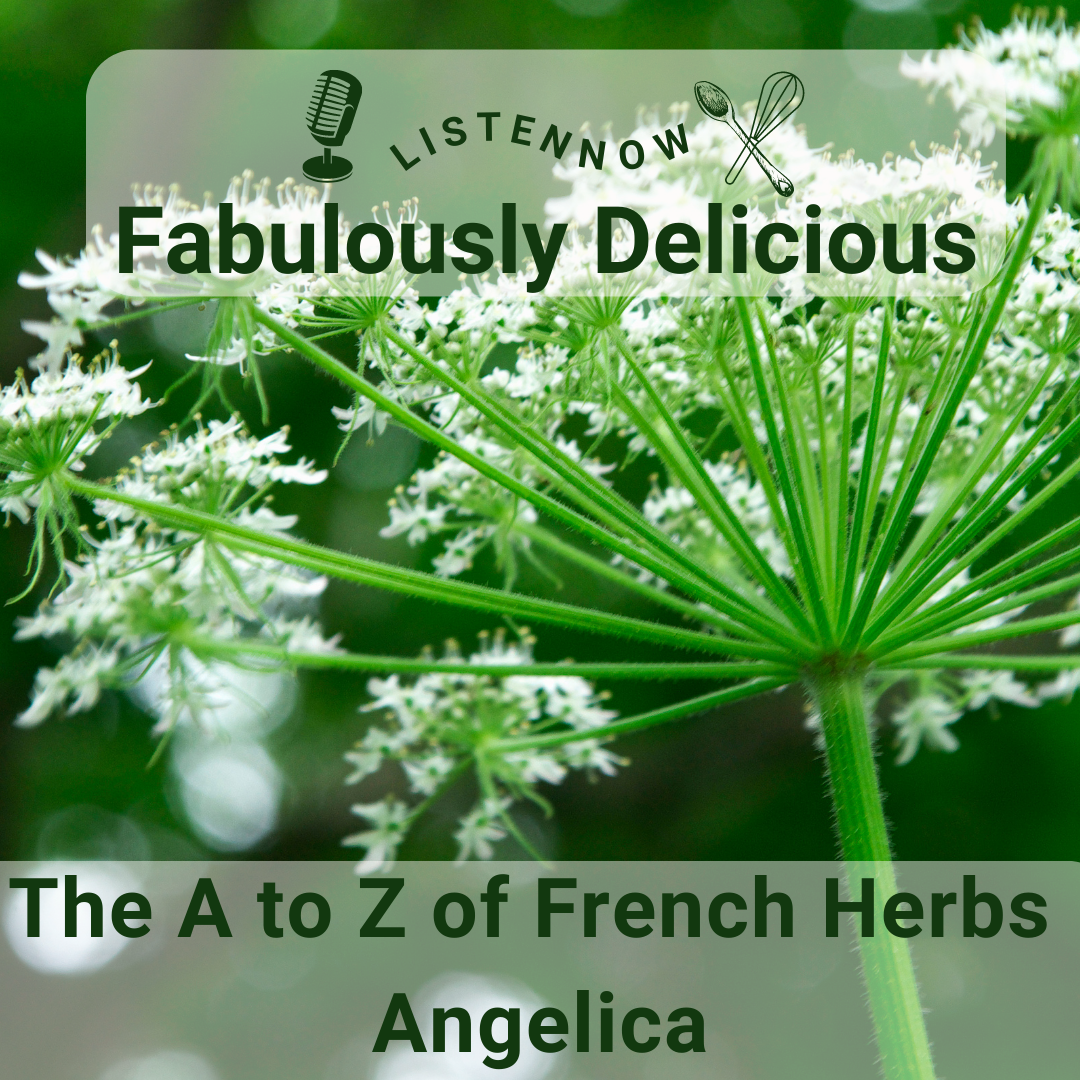French Recipes, Podcast Episodes and France Travel Tips!

A to Z of French Herbs - Chives
Chives in French are spelled Ciboulette and are also known as Cive. Their scientific name is Allium schoenoprasum and are a species of flowering plant in the Amaryllidaceae family which are a group of perennial bulbous plants that interestingly are bisexual apparently, how a plant is bisexual I have no idea but hey each to their own. You go chives!
Chive in English derives from the French word Cive from ceps the Latin word for onion. In the middle ages, the chive was known as a rush leek. In 80 A.D. by Marcus Valerius Martialis in his "Epigrams". “He who bears chives on his breath, Is safe from being kissed to death”.
The Romans believed chives could relieve the pain from sunburn and even a sore throat. They believed eating chives could decrease blood pressure and act as a diuretic. Dutch farmers in the 19th century fed their cattle chives to give the milk a different taste and Romanians used chives in fortune telling and hanging dried chives around the house to ward off disease and evil.

Menton Citrus Festival with Maxime Kien
Recently on Fabulously Delicious, I continued my conversation with Chef Maxine Kien from Boucherie restaurants in New York City. This time with a focus on his place of birth, the French city of Menton and its food, particularly its wonderful food festival, the Menton citrus festival.
When you look at the map of France, if you go to the left you will find Menton on the right Chef Kien says and he fills us in on all things about this wonderful city located on the Cote D’Azur.
Each year the city throws one of the biggest food festivals in France. The Menton Citrus Festival highlights all there is to know about delicious citrus, lemons, limes, oranges, and everything else in between. Chef Kien remembers past festivals that he’s been to as well as their themes. That’s right each year the festival picks a theme to highlight citrus.
Chef Klien discusses all there is to know about Menton and who better to learn from than a Fabulous French chef who used to call the city home.

Fabulously Delicious Podcast Now On YouTube
If you're a foodie or just love learning about French cuisine, this is the perfect podcast for you. Each episode explores the history and culture behind some of France's most iconic dishes, while also offering practical tips and tricks for cooking them at home
By bringing my podcast to YouTube, it’s even easier for you to access my content.
So what are you waiting for? Head over to my YouTube channel now to watch or listen to the first three episodes of Fabulously Delicious - The French Food Podcast. And don't forget to subscribe so you never miss an episode. Bon appétit!

French Chef Profile - Maxime Kien
So if you had the opportunity to work in kitchens around the world, would you take it? Would you stay at home in the city, town or country, you know? How do you decide when you're on a career path that's moving up to work in your own restaurant or somebody else's? Is it about your choices or what fate delivers to you? I'm not sure. But I do think that for some people, what guides them is their passion. It's not just our ambitions or chances.
Chef Maxime Kien now lives a life that some of us might envy in New York. But one thing I noticed, and I think you will as well, when I was chatting with him is that his passion for food, and specifically French food is a driver for him. And I'm sure he's influenced all the people he's worked with and who know him. Chef Kien’s food hero was his dad who was a very good chef. He studied culinary arts in Burgundy, where the family's originally from, and made his way to work in Monaco in the south of France. His dad then moved to Menton where Chef Kien was born. Sadly he was taken too young and passed away in a motorcycle accident when Chef Kien was 6 years old.

A to Z of French Herbs - Chicory
Can a herb be a herb, spice, vegetable, or salad? No some might say. Well, don’t tell Chicory that as it as it has so many varieties that if it was a person it would be diagnosed with multiple personality orders I think. Which variety of chicory do you know?
Chicory is spelled in French, Chicorée. It’s a herb that is native to Europe. Most types originated in the Mediterranean area and have been used as a food source for centuries. It is often seen as a wild plant along the sides of roads throughout Europe. But it is also grown now around the world in the USA, China, and Australia as well as other countries.
Common chicory in the plant world is called Cichorium Intybus and is a woody, perennial herb that has usually bright blue flowers, but sometimes also has white or pink flowers. It’s a member of the Asteraceae family whose other members include sunflowers and daisies.
The herb variety when it’s flowering grows around 1.5 meters tall and isn’t the most attractive-looking plant as it has a tough, grooved, and hairy stem. In Europe, it will flower from March until October.

A to Z of French Herbs - Chervil
Continuing the A to Z of French herbs, today's herb is the cousin to parsley. To be honest, I'd never heard about it before I moved to France, Chervil.
Chervil is pronounced Cher like the singer and ville like the French word for town. But in French, it's called Cerfeuil.
Chervil is often called French parsley or garden chervil. It’s an annual herb related to the parsley family. It used to be called Myrhis as its oil had an aroma similar to the resin from Myrrh which is extracted from a tiny thorny tree that’s used for perfume and incense amongst other things.
Back to chervil though, it’s commonly used as a seasoning for various French dishes and most notably used in the popular herb mixture fine herbes.
The name chervil is Anglo-Norman from Latin and is derived from the Greek chaerophyllon, meaning the herb of rejoicing or, less reverentially, the happy herb.

Macarons, Macaroons, and Macron - What's the Difference?
If you're a fan of French cuisine or just have a sweet tooth, you may have come across the word "macaron" before. But what exactly is a macaron, and what's the difference between it and a macaroon or even a Macron?
In the first episode of Fabulously Delicious, we talked to pastry chef Molly Wilkinson about all things macarons. According to Molly, a macaron is a delicate, sandwich-like cookie made of two almond-based meringue shells with a filling in the middle. The shells are crispy on the outside and chewy on the inside, and they come in a variety of flavors and colors.
On the other hand, a macaroon is a denser, coconut-based cookie that is typically made with shredded coconut, egg whites, sugar, and vanilla extract. It's often dipped in chocolate and has a more rustic texture than a macaron.

A to Z of French Herbs - Chamomile
Chamomile is a flowering plant that belongs to the daisy family. The plant has small white flowers with yellow centers, and it's known for its distinctive scent and taste. Chamomile has a long history of medicinal use, but it's also used in cooking in many parts of the world.
There is two common species of Chamomile one is often called German Chamomile or Water of Youth and the other is Roman, English or garden chamomile. The later is often used to create a chamomile lawn.
A chamomile lawn is a type of lawn made up of chamomile plants instead of grass. The lawn is created by planting chamomile plugs or seeds in a prepared area of soil, which is then regularly watered and maintained. One such lawn was feature in Mary Wesley’s 1984 novel, funnily enough called The Camomile Lawn which feature a house in Cornwall UK with a lawn planted with chamomile rather than grass.

A to Z of French Herbs - Bay Leaves
One of or possibly the most important herbs in French cooking. It could be said is the bay leaf. It's essential in many French dishes, stocks, and of course the bouquet garni. So what is a bay leaf?
In France, bay leaves are known as Feuilles de Laurier. Feuilles means leaves in French. They are part of the evergreen family of trees. Laurel bay trees are actually related to the cinnamon family.
They're said to facilitate digestion, reduce bloating and flatulence, and also are good for infections, sprains, muscle pain, joint pain, rheumatism, relieving colds and flu and lowering blood pressure, fighting stress and anxiety.

A to Z of French Herbs - Basil
Basil isn't always thought of as a French herb, but it certainly has its place in French cuisine, especially the cuisine of the Mediterranean or Provence area.
Basil in French is pronounced Basilic. One variety of basil sold in France is actually called French Basil, but it’s known to many people around the world as Thai basil or sweet basil.
French basil belongs to the lamiaceae family or mint family of herbs and is known to many as St. Joseph's wort. It's also Known to French chefs as the king of herbs or herbs royal, the Royale herb.
The herb royal name is probably one of the most popular names for basil in France. But the name basil actually comes from the latin Basileus or the Greek βασιλικόν φυτόν (basilikón phutón), meaning Royal. It said that the Princesses of Byzantium gave it its name for its beauty and its fragrance.

A to Z of French Herbs - Angelica
Angelica is considered a vegetable rather than a herb in some countries in Europe. But in France, it's considered to be a herb. It's used in a variety of ways. The candied Angelica is probably the most well-known and used.
In the first season of my podcast Fabulously Delicious The French Food podcast I spoke with Elise Botiveau about the Galette Charentaise, which is a cake that Elise grew up making. This cake or gateau as they like to call them here in France and has a special ingredient, Angelica, candied Angelica to be exact. So what is Angelica
Angelica is an aromatic herb that grows one to two meters high, sometimes even higher. Its leaves have hairs on the underside and the plant has white or greenish flowers depending on the variety. It tastes a bit like celery. In Finland actually, where it's treated like a vegetable. The stems are often eaten raw like celery. Stems can also be added to an assortment of other vegetables being roasted or as a herb in salads and soups.

A to Z of French Herbs - Absinthe
Absinthe the herb not the drink, otherwise known as wormwood. It's not just something used to make spirits. It's also an ingredient used for medicinal purposes, as well as cooking.
Absinthe is not just a drink that we talked about. In my episode of Fabulously Delicious with Forrest Collins from 52 martinis. But absinthe is also a herb, which can often be called Wormwood, Grande Wormwood, Absinthium, Mugwort, Wemout, Wermud, Wormit or Wormod.
Absinthe or Wormwood grows in North Africa and regions of Eurasia as well as now Canada and North America.
Although it is used as an ingredient in the popular drink Absinthe and other spirits as well it is mostly used as an ornamental plant.

